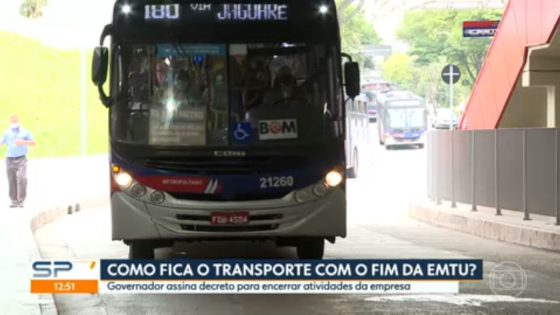On February 24, 2025, Tarcísio de Freitas signed a decree to extinguish the EMTU, the state agency managing public transportation in Greater São Paulo. This significant change raises questions about the future of public transit in the region and its impact on commuters.
- Tarcísio signs decree to extinguish EMTU
- EMTU managed public transport in Greater SP
- State government transfers services to Artesp
- Multiple news outlets report on EMTU's closure
- Decision impacts public transport operations in SP
What Does the Extinction of EMTU Mean for Public Transport in São Paulo?
With the EMTU’s dissolution, what changes can commuters expect? This decision aims to streamline public transport management in the region. The Artesp agency will now oversee these services, potentially leading to improved efficiency and service quality. Will this new structure benefit daily travelers?
Key Changes Following the EMTU’s Closure and Artesp’s Role
The transition from EMTU to Artesp is poised to bring several key changes:
- Artesp will assume control over public transport services.
- Focus on enhancing service quality and efficiency.
- Potential adjustments in fare structures and routes.
- Increased accountability for transit operations.
Understanding the Implications for Commuters in São Paulo
As the EMTU ceases to exist, commuters may face uncertainty. Will the new management by Artesp lead to better services or more challenges? It’s essential to monitor how this shift affects daily travel, especially during peak hours.
Comparing São Paulo’s Transit Changes to US Public Transport Systems
Public transport systems in the US often face similar challenges. For instance, cities like New York and San Francisco have undergone management changes to improve efficiency. How do these experiences inform São Paulo’s transition? Learning from others could provide valuable insights.
In conclusion, the extinction of EMTU marks a pivotal moment for public transport in São Paulo. Commuters should remain vigilant as changes unfold, ensuring they adapt to new transit dynamics.
































